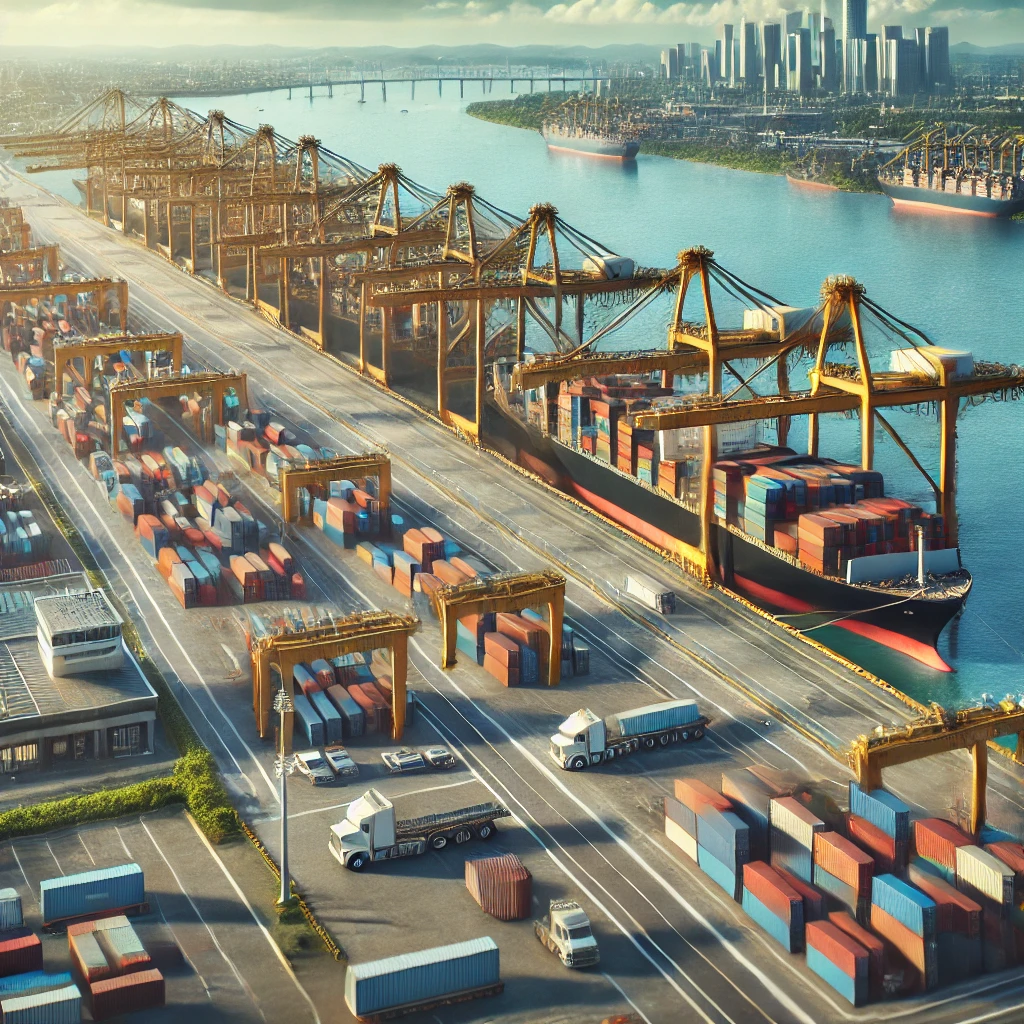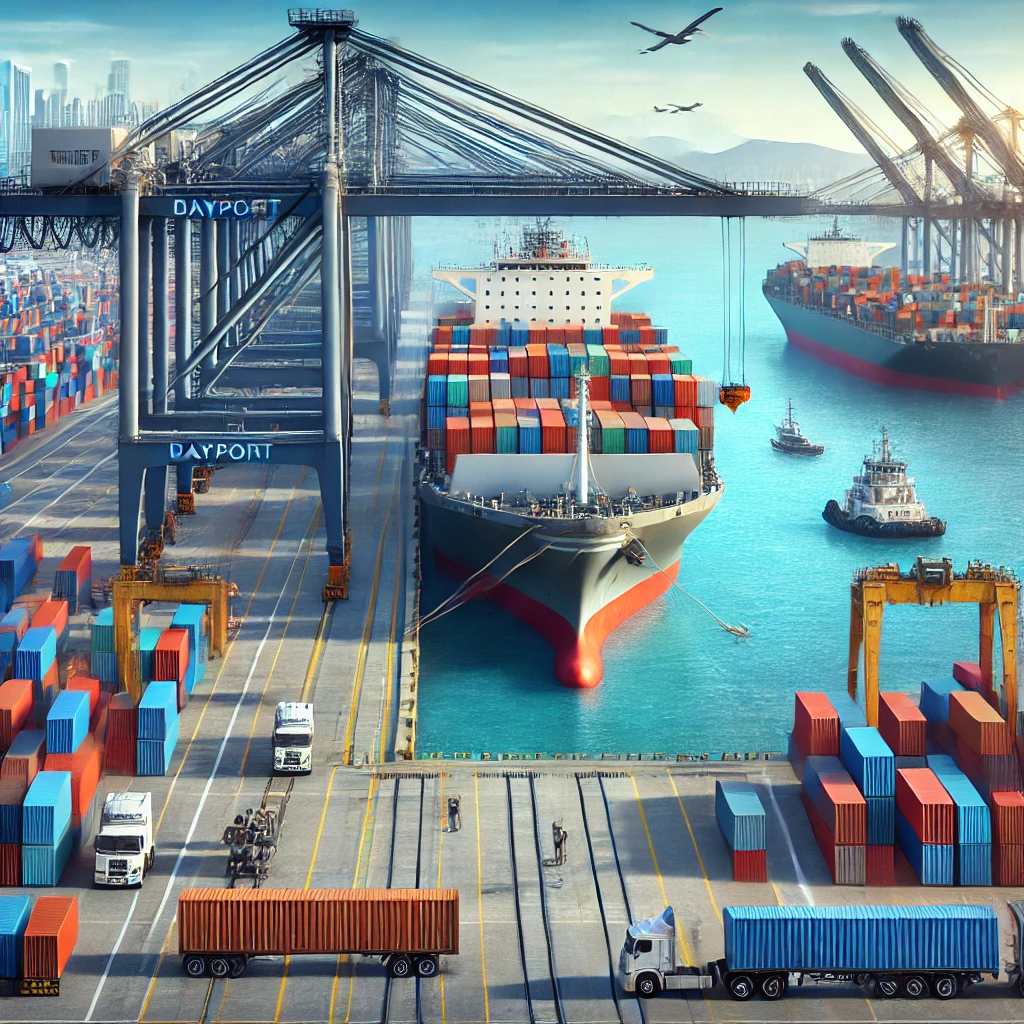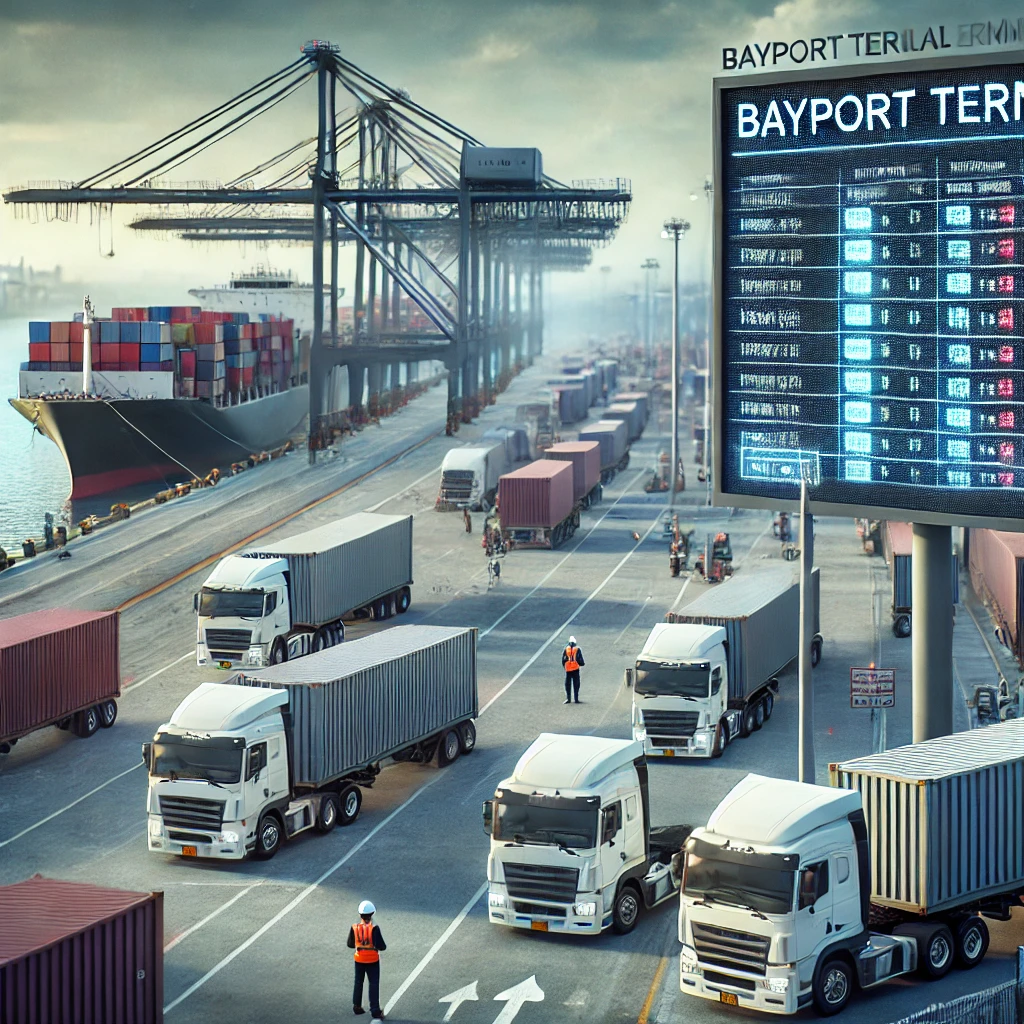Demystifying Bayport Terminal Vessel Schedule for Professionals
Understanding the Bayport Terminal vessel schedule ensures that shipments arrive on time, reduces delays, and optimizes supply chain operations. In this article, we’ll explore how vessel schedules work at Bayport Terminal, why they matter, and how professionals can track them efficiently. 🚢📦

What Is the Bayport Terminal Vessel Schedule?
The Bayport Terminal vessel schedule is a detailed itinerary of inbound and outbound ships arriving and departing from the terminal. It includes:
✔ Vessel name – Identifies the ship handling the cargo.
✔ Estimated Time of Arrival (ETA) – When the vessel is expected to reach Bayport Terminal.
✔ Berthing Schedule – The planned dock assignment for unloading/loading cargo.
✔ Estimated Time of Departure (ETD) – When the ship is scheduled to leave the terminal.
✔ Cargo Type – Specifies whether the ship carries containers, bulk cargo, or special shipments.
✔ Shipping Line Details – The carrier managing the shipment (e.g., Maersk, MSC, CMA CGM).
By following vessel schedules, businesses can coordinate shipments, reduce demurrage fees, and streamline import/export operations.
How to Access the Bayport Terminal Vessel Schedule
Bayport Terminal provides several ways to check vessel schedules, including online tracking platforms, shipping line websites, and direct terminal contact.
1. Bayport Terminal Website
The Port of Houston Authority offers an online tracking system where users can:
✔ Search for vessels by name, shipping line, or estimated arrival date.
✔ Check the real-time status of incoming and outgoing vessels.
✔ View terminal activity and berth availability.
2. Shipping Line Websites
Major carriers like Maersk, MSC, and Hapag-Lloyd provide real-time vessel tracking tools. By entering a container number or booking reference, users can track their shipment’s status.
3. Third-Party Logistics Platforms
Some logistics companies and freight forwarders use integrated tracking systems that pull vessel schedule data from multiple terminals, including Bayport.
4. Contacting the Terminal Directly
For urgent vessel schedule updates, businesses can contact Bayport Terminal’s customer service for real-time shipment details.

Why Vessel Schedules Matter in Shipping and Logistics
The is critical for several reasons:
✅ Minimizing Delays and Reducing Costs
✔ Knowing a vessel’s ETA and ETD helps businesses plan their cargo pickup and delivery schedules.
✔ Reduces demurrage and detention fees by ensuring cargo is picked up on time.
✅ Improving Supply Chain Efficiency
✔ Logistics managers can schedule trucking and warehousing more effectively by tracking vessel movements.
✔ Helps importers/exporters plan shipments and avoid storage bottlenecks.
✅ Enhancing Customer Satisfaction
✔ Businesses can provide accurate shipping timelines to customers.
✔ Reduces uncertainty and improves supply chain transparency.
✅ Compliance with Customs and Trade Regulations
✔ Ensures all documentation is ready for customs clearance before the vessel arrives.
✔ Helps businesses stay compliant with import/export regulations.

Common Challenges in Vessel Scheduling
While vessel schedules are designed for efficiency, several challenges can impact arrival and departure times:
🚧 Port Congestion – Heavy vessel traffic may cause berthing delays.
🚧 Weather Conditions – Storms or hurricanes can delay shipping routes.
🚧 Customs Hold-Ups – Cargo may be held for inspection, delaying clearance.
🚧 Mechanical Issues – Vessel breakdowns can cause schedule disruptions.
To mitigate these risks, businesses should monitor schedules regularly and stay in touch with logistics partners.
The Future of Vessel Scheduling at Bayport Terminal
With advancements in logistics technology, vessel scheduling is becoming more efficient. Here are some emerging trends:
🚀 AI-Powered Predictive Scheduling – Uses machine learning to forecast vessel arrival times based on weather, congestion, and historical data.
🚀 Blockchain for Transparent Shipping Records – Secure digital records of vessel movements for improved supply chain transparency.
🚀 Real-Time GPS Vessel Tracking – Provides businesses with up-to-the-minute location data of their shipments.
🚀 Automated Berthing Systems – Reduces waiting times by optimizing berth assignments through AI.
These innovations will further improve efficiency and reduce operational delays at Bayport Terminal.

Conclusion
Understanding the Bayport Terminal vessel schedule is essential for businesses involved in global shipping and logistics. By tracking vessel movements, companies can:
✔ Optimize supply chain operations
✔ Minimize shipping costs
✔ Improve delivery timelines
With continuous advancements in tracking technology, at will become even more reliable and efficient. Whether you are a logistics professional, importer, or exporter, staying updated with vessel schedules is key to successful cargo management. 🚢📦📊
